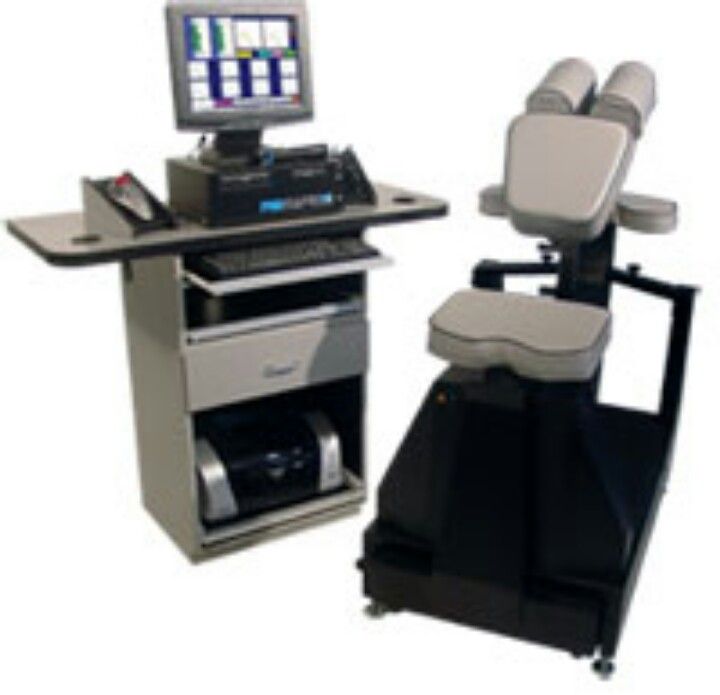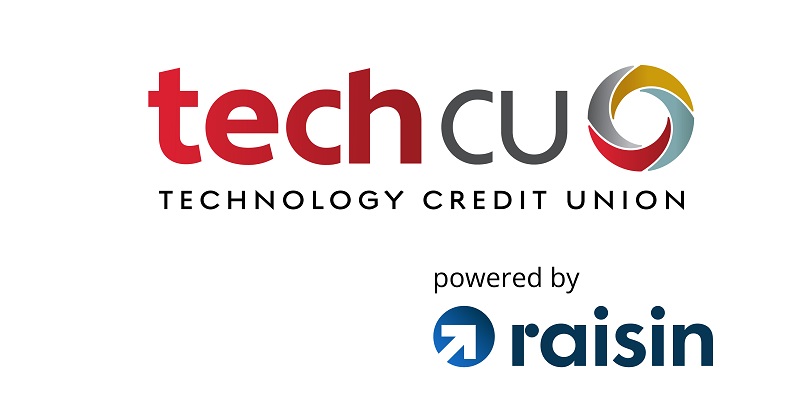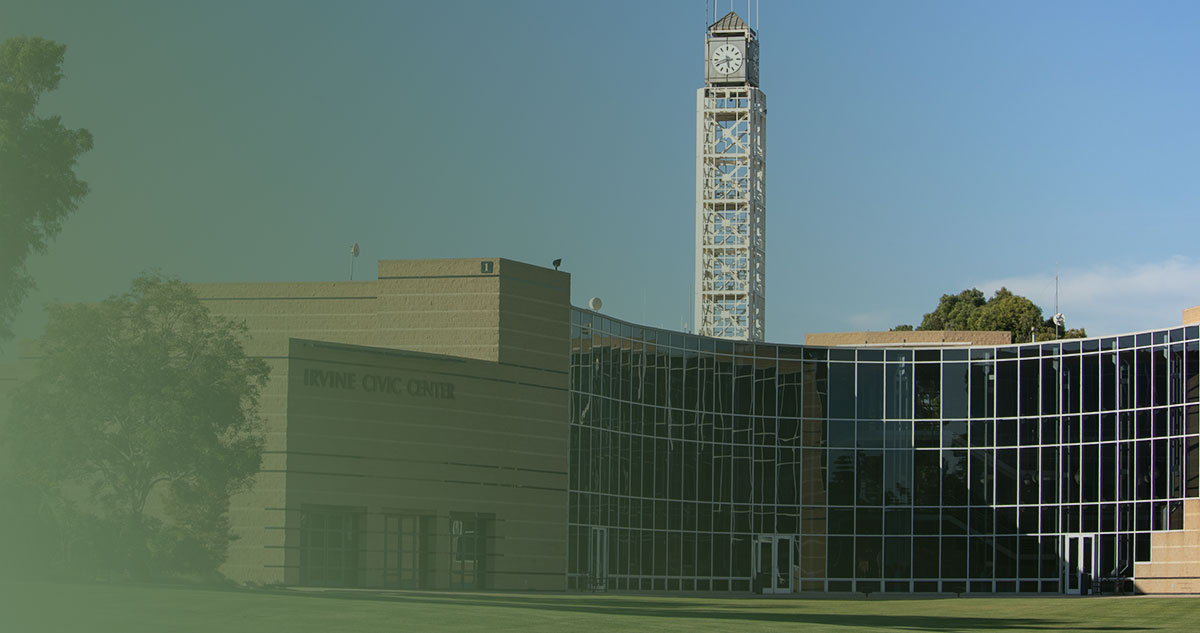Chiropractic Technology: Advancing Patient Care
Chiropractic technology has revolutionized the way chiropractors diagnose and treat patients, offering a blend of traditional techniques with modern advancements. From digital imaging to telemedicine, technology plays a crucial role […]
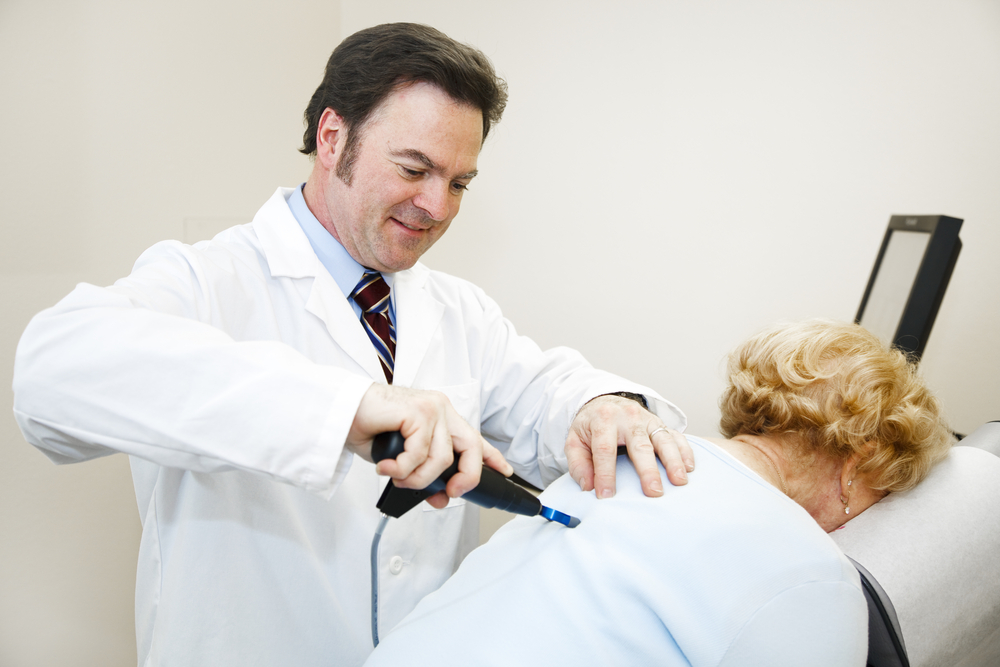
Chiropractic technology has revolutionized the way chiropractors diagnose and treat patients, offering a blend of traditional techniques with modern advancements. From digital imaging to telemedicine, technology plays a crucial role in enhancing patient care, diagnosis, and treatment outcomes.
This exploration delves into the evolution of chiropractic technology, examining its impact on patient care, diagnosis, and treatment. We’ll uncover the various diagnostic tools and therapeutic applications, highlighting the integration of digital health and telechiropractic. Finally, we’ll peek into the future, exploring emerging technologies and their potential to shape the future of chiropractic practice.
Diagnostic Tools and Techniques
Chiropractic care relies heavily on accurate diagnosis to determine the underlying cause of a patient’s symptoms and develop an effective treatment plan. Chiropractors use a variety of diagnostic tools and techniques to assess the musculoskeletal system, identify the source of pain and dysfunction, and rule out other medical conditions.
Digital Imaging Technologies
Digital imaging technologies play a crucial role in chiropractic diagnosis, providing visual representations of the spine and other musculoskeletal structures. These technologies allow chiropractors to identify abnormalities, such as misalignments, bone spurs, or disc herniations, which may be contributing to a patient’s symptoms.
- X-ray: X-rays are commonly used in chiropractic to visualize the bones and joints of the spine. They are particularly helpful in identifying fractures, dislocations, spinal stenosis, and other structural abnormalities.
- Magnetic Resonance Imaging (MRI): MRI uses magnetic fields and radio waves to create detailed images of soft tissues, including muscles, ligaments, tendons, and intervertebral discs. It is particularly useful in detecting disc herniations, nerve compression, and other soft tissue injuries.
- Ultrasound: Ultrasound uses sound waves to create images of soft tissues and structures. It is commonly used in chiropractic to assess muscle and tendon injuries, assess joint mobility, and identify fluid collections.
Motion Analysis Systems
Motion analysis systems are used to objectively assess a patient’s movement patterns and identify any biomechanical imbalances or limitations. These systems use cameras, sensors, or other technology to capture and analyze a patient’s movements during activities such as walking, running, or performing specific exercises.
- Gait Analysis: Gait analysis is a type of motion analysis that focuses on a patient’s walking pattern. It can identify problems with gait mechanics, such as abnormal stride length, foot pronation, or hip rotation, which can contribute to pain and dysfunction.
- Postural Analysis: Postural analysis involves assessing a patient’s posture in both static and dynamic positions. It can identify postural imbalances, such as forward head posture, rounded shoulders, or uneven leg length, which can contribute to pain and discomfort.
Other Biomechanical Assessment Tools
In addition to digital imaging and motion analysis systems, chiropractors use a variety of other biomechanical assessment tools to gather information about a patient’s musculoskeletal system. These tools can help identify areas of muscle weakness, joint stiffness, and other physical limitations.
- Muscle Strength Testing: Muscle strength testing involves assessing the strength of different muscle groups using manual resistance or specialized equipment. It can identify muscle imbalances, weakness, and other issues that may contribute to pain and dysfunction.
- Range of Motion Testing: Range of motion testing measures the flexibility and mobility of joints. It can identify limitations in movement, which can be caused by muscle tightness, joint stiffness, or other factors.
- Palpation: Palpation involves using the hands to feel for tenderness, muscle tension, and other abnormalities in the musculoskeletal system. It is a valuable tool for identifying areas of pain and dysfunction.
Diagnostic Technologies: Applications and Advantages/Disadvantages, Chiropractic technology
| Technology | Applications | Advantages | Disadvantages |
|---|---|---|---|
| X-ray | Visualize bones and joints, identify fractures, dislocations, spinal stenosis | Non-invasive, relatively inexpensive, readily available | Limited soft tissue visualization, potential radiation exposure |
| MRI | Visualize soft tissues, detect disc herniations, nerve compression, soft tissue injuries | Detailed images of soft tissues, non-invasive | Expensive, not readily available, claustrophobic for some patients |
| Ultrasound | Assess muscle and tendon injuries, assess joint mobility, identify fluid collections | Non-invasive, relatively inexpensive, readily available | Limited depth penetration, operator-dependent |
| Motion Analysis Systems | Assess movement patterns, identify biomechanical imbalances, analyze gait and posture | Objective assessment of movement, identifies underlying causes of pain | Can be expensive, requires specialized equipment and expertise |
| Muscle Strength Testing | Assess muscle strength, identify muscle imbalances, weakness | Simple and inexpensive, can be performed in the office | Subjective, can be influenced by patient effort |
| Range of Motion Testing | Measure joint flexibility and mobility, identify limitations in movement | Simple and inexpensive, can be performed in the office | Subjective, can be influenced by patient effort |
| Palpation | Identify areas of tenderness, muscle tension, and other abnormalities | Non-invasive, inexpensive, readily available | Subjective, can be influenced by the examiner’s skill and experience |
Therapeutic Applications: Chiropractic Technology

Chiropractic technology has significantly advanced, allowing for a more comprehensive and effective approach to patient care. The integration of therapeutic technologies enhances the effectiveness of traditional chiropractic techniques, leading to improved outcomes and patient satisfaction.
Laser Therapy
Laser therapy, a non-invasive treatment modality, uses specific wavelengths of light to stimulate cellular repair and reduce inflammation. In chiropractic practice, laser therapy is commonly used to address a wide range of musculoskeletal conditions, including:
- Acute and chronic pain
- Muscle strains and sprains
- Soft tissue injuries
- Arthritis
Laser therapy works by delivering photons of light energy to damaged tissues, which helps to:
- Reduce inflammation and swelling
- Promote tissue healing and repair
- Reduce pain and muscle spasms
- Improve circulation and blood flow
The application of laser therapy is typically painless and involves directing the laser beam onto the affected area for a specific duration.
Electrical Stimulation
Electrical stimulation (ES) is a therapeutic modality that uses electrical currents to stimulate muscles and nerves. In chiropractic practice, ES is often used to:
- Reduce muscle spasms and pain
- Improve muscle strength and function
- Promote tissue healing
- Reduce inflammation
ES works by applying electrical currents to the affected area, which triggers muscle contractions and stimulates nerve activity. The application of ES is typically painless and involves placing electrodes on the skin near the affected area.
Ultrasound
Ultrasound therapy is a non-invasive treatment modality that uses high-frequency sound waves to penetrate tissues. In chiropractic practice, ultrasound therapy is commonly used to:
- Reduce inflammation and swelling
- Promote tissue healing and repair
- Increase blood flow to the area
- Reduce pain and muscle spasms
Ultrasound therapy works by generating heat and micro-massage effects within the tissues. The application of ultrasound therapy is typically painless and involves applying a transducer to the affected area.
Technological Assistance in Rehabilitation and Pain Management
Chiropractic technology plays a crucial role in supporting rehabilitation and pain management strategies.
- Therapeutic Exercise Equipment: Devices like treadmills, stationary bikes, and elliptical trainers facilitate personalized exercise programs, enhancing strength, flexibility, and range of motion.
- Biofeedback Devices: These tools provide real-time feedback on muscle activity, enabling patients to learn to control muscle tension and improve pain management.
- Virtual Reality (VR) Therapy: VR simulations can create immersive environments for rehabilitation exercises, promoting motivation and engagement.
- Home-Based Telehealth Platforms: These platforms allow chiropractors to monitor patients’ progress, provide virtual consultations, and offer remote guidance on exercises and pain management strategies.
Comparison of Technological Interventions
| Intervention | Mechanism of Action | Applications | Advantages | Disadvantages |
|—|—|—|—|—|
| Laser Therapy | Photobiomodulation | Pain relief, inflammation reduction, tissue healing | Non-invasive, painless, quick treatment sessions | May not be effective for all conditions |
| Electrical Stimulation | Muscle and nerve stimulation | Pain relief, muscle strengthening, tissue healing | Non-invasive, relatively inexpensive | May cause discomfort or skin irritation |
| Ultrasound Therapy | Heat and micro-massage | Pain relief, inflammation reduction, tissue healing | Non-invasive, safe for most patients | May require multiple sessions |
Digital Health and Telechiropractic
The integration of digital health technologies into chiropractic practice is revolutionizing how care is delivered, expanding access, and enhancing patient engagement. This section explores the role of telemedicine and remote patient monitoring in modern chiropractic care, examining the benefits and challenges of integrating digital health platforms into practice, and providing examples of how technology enables personalized and convenient access to chiropractic services.
Telemedicine in Chiropractic Care
Telemedicine, or the delivery of healthcare services remotely using technology, has become increasingly prevalent in chiropractic care. This approach allows chiropractors to provide consultations, assessments, and even treatment recommendations to patients without requiring an in-person visit.
The use of telemedicine in chiropractic care offers several advantages:
- Increased Accessibility: Telemedicine eliminates geographical barriers, enabling patients in remote areas or with limited mobility to access chiropractic care.
- Convenience: Patients can schedule appointments at their convenience, eliminating the need for travel and time off work.
- Reduced Costs: Telemedicine consultations can be more cost-effective for both patients and practitioners, reducing travel expenses and overhead costs.
- Improved Communication: Telemedicine platforms facilitate communication between patients and chiropractors, allowing for more frequent check-ins and personalized care plans.
However, there are also challenges associated with telemedicine in chiropractic care:
- Physical Examination Limitations: Telemedicine does not allow for a comprehensive physical examination, which may limit the ability to accurately diagnose certain conditions.
- Technology Access and Literacy: Not all patients have reliable internet access or the technological skills required to participate in telemedicine consultations.
- Regulatory and Legal Considerations: Telemedicine practices are subject to varying regulations and legal frameworks across different jurisdictions.
- Reimbursement Issues: Reimbursement for telemedicine services may vary depending on insurance plans and state regulations.
Remote Patient Monitoring
Remote patient monitoring (RPM) involves the use of wearable devices and mobile apps to collect and transmit health data from patients to their healthcare providers. In chiropractic care, RPM can be used to track patient progress, monitor pain levels, and provide real-time feedback on exercise routines.
RPM offers numerous benefits for both patients and chiropractors:
- Improved Patient Engagement: RPM empowers patients to take an active role in their care by tracking their progress and providing feedback to their chiropractors.
- Enhanced Treatment Effectiveness: By providing continuous monitoring of patient data, RPM allows chiropractors to adjust treatment plans as needed and ensure optimal outcomes.
- Early Intervention: RPM can detect potential issues early on, allowing for timely interventions and preventing complications.
- Reduced Hospitalizations: By providing proactive care and monitoring patient health remotely, RPM can help reduce the need for hospitalizations.
Despite its benefits, RPM also presents challenges:
- Data Security and Privacy: Ensuring the security and privacy of patient data collected through RPM is crucial.
- Patient Compliance: Maintaining patient compliance with RPM protocols is essential for accurate data collection and effective care.
- Integration with Existing Systems: Integrating RPM platforms with existing electronic health record (EHR) systems can be complex.
- Cost Considerations: The cost of RPM devices and software can be a barrier for some patients.
Personalized and Convenient Access to Chiropractic Services
Digital health technologies are transforming the way chiropractic services are delivered, enabling personalized and convenient access to care.
- Online Scheduling and Appointment Management: Patients can easily schedule appointments online, manage their schedules, and receive appointment reminders.
- Virtual Consultations: Telemedicine platforms allow patients to connect with chiropractors remotely for consultations, assessments, and treatment recommendations.
- Mobile Apps for Exercise and Rehabilitation: Mobile apps provide patients with personalized exercise routines, rehabilitation programs, and educational resources.
- Wearable Technology for Pain Monitoring: Wearable devices can track pain levels, movement patterns, and other relevant data, providing chiropractors with valuable insights into patient progress.
- Telehealth Platforms for Remote Monitoring: Telehealth platforms enable chiropractors to monitor patients remotely, providing ongoing support and guidance.
“Digital health technologies are empowering patients to take an active role in their care, while providing chiropractors with new tools to deliver more personalized and effective treatments.”
Future Trends in Chiropractic Technology
The field of chiropractic is undergoing a technological revolution, with emerging technologies poised to transform patient care, research, and education. Artificial intelligence, virtual reality, and wearable devices are leading the charge, bringing innovative solutions to enhance the practice of chiropractic.
Artificial Intelligence in Chiropractic
Artificial intelligence (AI) is rapidly transforming healthcare, and chiropractic is no exception. AI algorithms can analyze vast amounts of patient data, including medical history, imaging results, and lifestyle factors, to identify patterns and predict potential health issues. This can help chiropractors make more informed diagnoses and treatment plans, leading to improved patient outcomes.
- AI-powered diagnostic tools can assist chiropractors in identifying the root cause of musculoskeletal pain by analyzing patient symptoms, medical history, and imaging data.
- AI algorithms can develop personalized treatment plans based on individual patient needs and preferences, optimizing care and improving outcomes.
- AI chatbots can provide patients with 24/7 access to information and support, answering common questions and scheduling appointments.
Virtual Reality in Chiropractic
Virtual reality (VR) technology offers exciting possibilities for chiropractic practice. VR can create immersive and interactive environments for patient education, rehabilitation, and pain management.
- VR simulations can help patients understand their condition and the benefits of chiropractic care, enhancing patient engagement and compliance.
- VR-based rehabilitation programs can provide patients with personalized exercises and guidance, improving their recovery and reducing the risk of re-injury.
- VR can be used to manage chronic pain by distracting patients from their discomfort and promoting relaxation and mindfulness.
Wearable Devices in Chiropractic
Wearable devices are becoming increasingly popular, providing valuable insights into patient health and activity levels. Chiropractors can leverage this data to monitor patient progress, identify potential risks, and personalize treatment plans.
- Wearable fitness trackers can monitor patients’ activity levels, sleep patterns, and heart rate, providing valuable data for chiropractors to assess their overall health and identify potential issues.
- Smartwatches and other wearable devices can track patient movements and posture, providing real-time feedback to help improve posture and reduce pain.
- Wearable sensors can monitor patient responses to treatment, allowing chiropractors to adjust their approach based on individual needs and progress.
Last Point
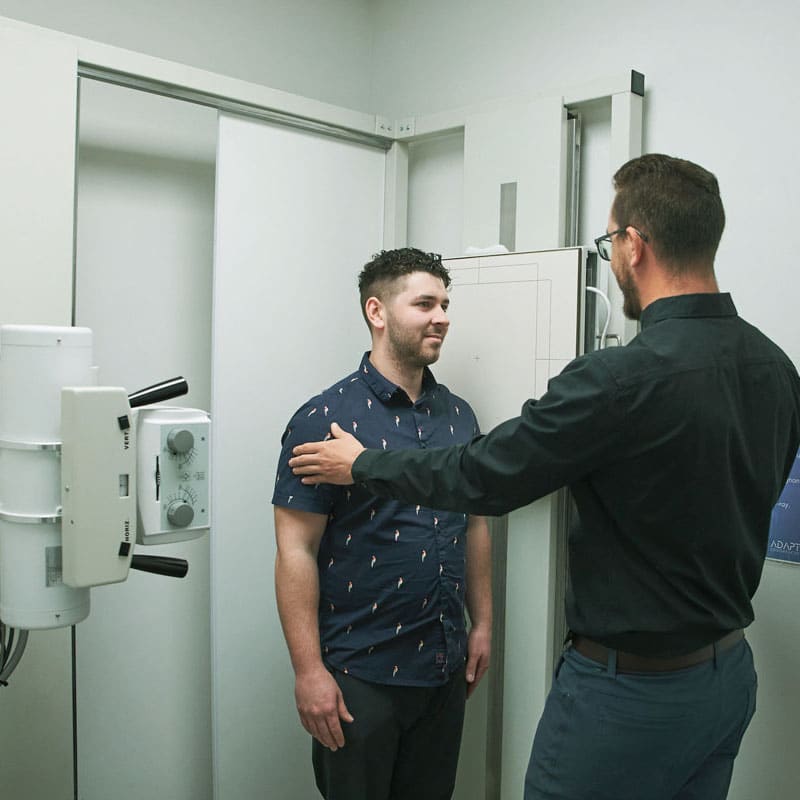
The integration of technology into chiropractic practice has ushered in a new era of patient-centered care. From improving diagnostic accuracy to enhancing treatment effectiveness and accessibility, technology empowers chiropractors to deliver personalized and efficient care. As technology continues to evolve, the future of chiropractic holds exciting possibilities for enhancing patient well-being and advancing the field of chiropractic care.
Chiropractic technology is constantly evolving, utilizing advanced tools and techniques to improve patient care. Similarly, the automotive industry is embracing cutting-edge technology, like the features offered in the 2024 Acura MDX Technology Package vs Advance Package. While these two fields may seem unrelated, both demonstrate a commitment to innovation and enhancing the user experience.
Just as chiropractic technology aims to optimize musculoskeletal health, the Acura MDX’s technology packages strive to elevate the driving experience.


